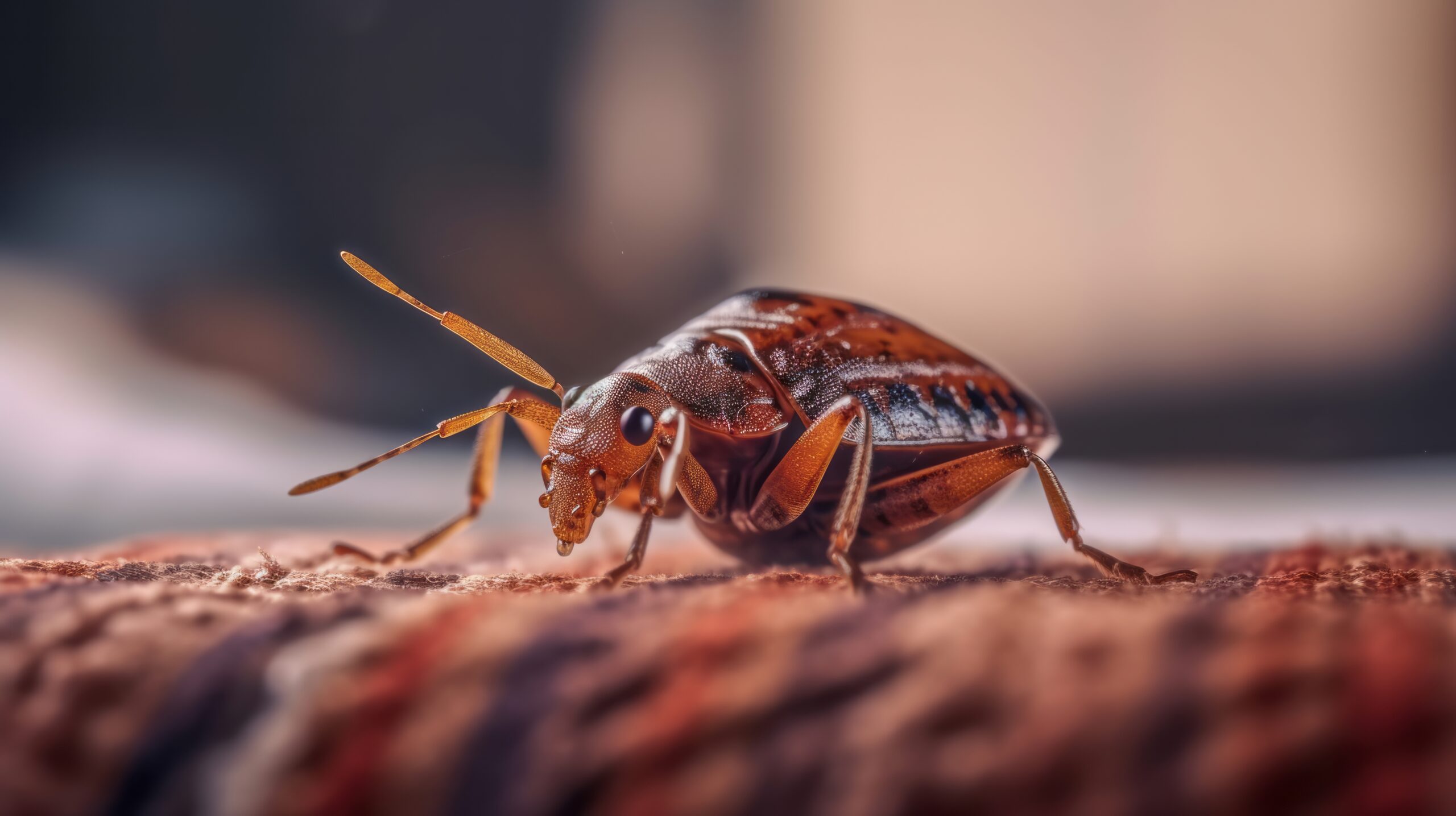Table of Contents

Bedbugs may be humanity's oldest urban companion, surviving dinosaur extinction only to flourish when we built the first cities 8,000 years ago.
At a Glance
- New genetic research suggests bedbugs may be the first true urban pest, with populations soaring as humans built cities
- Bedbugs evolved over 100 million years ago and survived the extinction event that killed dinosaurs
- Human-associated bedbug populations increased dramatically around 8,000 years ago, coinciding with the first cities
- After nearly being eradicated by DDT, bedbugs developed resistance and have made a strong comeback
- Understanding bedbug evolution provides insights for developing better pest control strategies
Ancient Survivors Adapting to Human Urbanization
Bedbugs have a surprisingly long evolutionary history, dating back more than 100 million years. These resilient parasites survived the cataclysmic event that wiped out the dinosaurs and have been evolving alongside mammals ever since. Initially, they fed on an unknown host before establishing a parasitic relationship with bats. The connection to humans came later, but it would prove to be a pivotal evolutionary advantage for these persistent pests as our species began creating dense urban settlements.
A comprehensive genomic study published in Biology Letters on May 28 has revealed fascinating insights into bedbug evolution. Researchers compared whole genome sequences from two genetically distinct lineages of bedbugs - one associated with bats and another with humans. Their findings suggest that while bedbugs have been associated with humans since we left caves approximately 60,000 years ago, the human-associated population experienced a dramatic surge around 8,000 years ago, coinciding with the emergence of the first cities.
The Urban Explosion of Bedbug Populations
Ancient cities like Çatalhöyük and Uruk created perfect environments for bedbugs to thrive. The close proximity of human dwellings in these early urban centers facilitated the spread of these parasites in unprecedented ways. According to the genetic analysis, this period marked the beginning of an exponential growth in bedbug populations that would continue throughout human history. Their ability to adapt to human habitation patterns makes them potentially the first truly urban pest species.
The study revealed a stark contrast between the two bedbug lineages. While the bat-associated lineage has continued to decline since the Last Glacial Maximum around 20,000 years ago, the human-associated bedbugs have flourished. This divergence in population trends highlights the success of bedbugs that adapted to human hosts, especially as humans transitioned from cave-dwelling to increasingly urbanized lifestyles. The human-associated bedbug population trend closely mirrors human population growth patterns.
Resilience and Resistance: Modern Bedbug Challenges
The relationship between humans and bedbugs entered a new phase in the mid-20th century with the introduction of DDT as a pesticide. This powerful chemical initially caused bedbug populations to crash worldwide. However, the victory was short-lived. Within just five years of DDT introduction, bedbugs began to reappear with remarkable resistance to the pesticide. Researchers have since discovered specific gene mutations that contribute to this insecticide resistance, making modern bedbugs particularly challenging to control.
While the research provides compelling evidence for bedbugs as the first urban pest, some scientists remain cautious about this claim. Professor Siva-Jothy, for instance, points out that other parasites like head lice might also contend for this title. The study, based primarily on DNA analysis of bedbugs from the Czech Republic, has limitations in sample size that warrant further investigation. Nevertheless, it establishes a solid foundation for understanding how human urbanization has shaped the evolution of our parasites.
Implications for Future Pest Control
Understanding the evolutionary history and genetic adaptations of bedbugs offers valuable insights for developing more effective pest control strategies. The research, supported by the Joseph R. and Mary W. Wilson endowment, helps explain why these insects have become so perfectly adapted to urban environments and why they've proven so difficult to eradicate. As human populations continue to expand in increasingly dense urban centers, the knowledge gained from this genomic study may prove crucial in managing bedbug infestations.
Researchers are particularly interested in exploring the evolutionary changes that occurred in the human-associated lineage compared to the bat-associated lineage during their 245,000-year split. These differences might reveal specific adaptations that have made bedbugs so successful in urban environments and potentially highlight new vulnerabilities that could be targeted in future pest control efforts. As we continue to build ever-larger cities, understanding our oldest urban companions becomes increasingly important.
AD
Most Recent
AD
